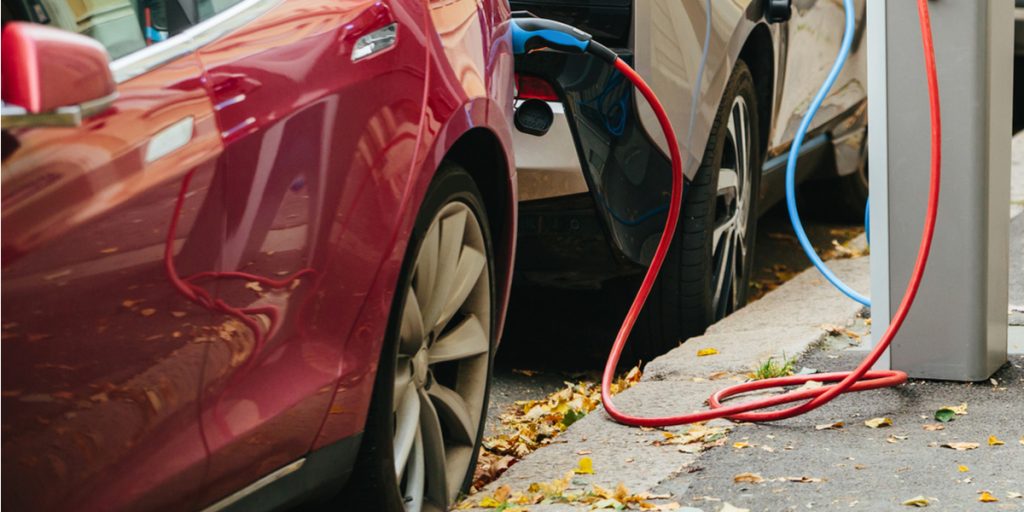A significant portion of the electricity in charging stations goes to waste when an electric car is plugged in to charge. Volvo’s electric cars are among the worst offenders, a new study shows.
Others are reading now
There’s waste and energy loss in most processes, and a new study from German ADAC shows that this also applies to electric car charging.
The organization’s mapping of electricity waste is based on over 90 electric cars currently on the market. And although the average range of these cars has increased from 76 miles in 2010 to 244 miles this year, there’s still energy loss from the charging station itself.
In ADAC’s measurement, on average, 14.5 percent more electricity was used in the charging station than actually ended up in the cars’ batteries. All cars in the test were charged with a 22 kW charger at 73°F (23°C).
Also read
However, some electric cars are far above average when it comes to energy loss directly from the charging station. When ADAC connected a Mini Cooper SE to the charging box, a third (30.1 percent) of the energy disappeared without even charging the car. The Volvo XC40 has a charging loss of around 20 percent. But it’s even worse for cars like the Dacia Spring, Mustang Mach-E, Nissan Leaf, MG 4, and Xpeng G9.
Meanwhile, the best cars – including the various Volkswagen ID. models – made it through the test with a loss of around 8 percent.
According to ADAC, the main cause of energy loss can be found in the fact that it’s necessary to convert the power from alternating current (AC) to direct current (DC) to be stored in electric car batteries.
The Germans therefore believe that electric car owners should factor in the charging loss itself when considering their car’s consumption and how far they can actually travel on a single charge.
The electric car that performed best was the Aiways U6 Prime. But that’s not much use to anyone other than current owners, as Aiways production is currently halted while the brand tries to save itself, partly by fleeing China.


